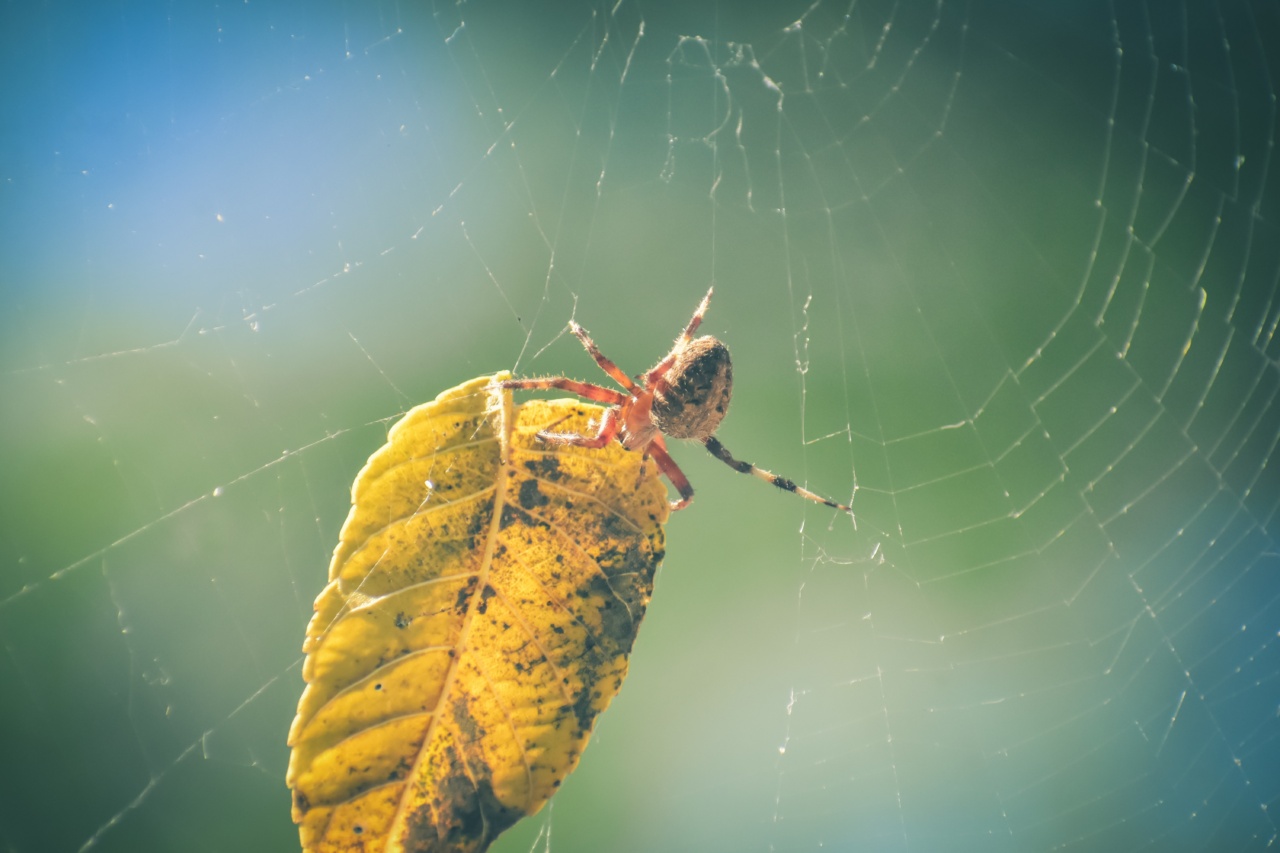Spider veins, also known as varicose veins, are a common condition that affects millions of people around the world. While they are generally not harmful, they can be unsightly and may cause discomfort or pain in some cases.
Understanding the causes and symptoms of spider veins, as well as the various treatment options available, can help you manage this condition and maintain healthy cardiovascular function.
Causes of Spider Veins
Spider veins are caused by the dilation of small blood vessels located near the surface of the skin. This can be due to a variety of factors, including genetics, hormonal changes, obesity, pregnancy, and prolonged periods of standing or sitting.
Other risk factors for developing spider veins include a family history of the condition, a sedentary lifestyle, smoking, and advancing age.
Symptoms of Spider Veins
The most common symptom of spider veins is the appearance of swollen, purple or blue veins on the legs, feet, or other parts of the body.
Other symptoms may include aching or throbbing in the affected area, itching, and a feeling of heaviness or fatigue in the legs. In some cases, spider veins may be a sign of a more serious condition such as venous insufficiency, which can lead to blood clots or ulcers if left untreated.
Diagnosis of Spider Veins
If you suspect that you have spider veins, it is important to see a medical professional for an accurate diagnosis.
Your doctor may perform a physical exam to assess the extent of your symptoms and may also use tests such as ultrasound to check for underlying issues such as venous insufficiency. Based on your diagnosis, your doctor will provide specific recommendations for treatment and management of your condition.
Treatment Options for Spider Veins
There are several effective treatment options available for spider veins, ranging from lifestyle changes to medical interventions. Some of the most common treatments include:.
Lifestyle Changes
One of the most effective ways to manage spider veins is by making positive lifestyle changes.
This may include regular exercise, maintaining a healthy weight, avoiding prolonged periods of sitting or standing, wearing compression stockings, and elevating the affected area whenever possible. Making these changes can improve circulation and reduce the risk of further swelling or discomfort.
Sclerotherapy
Sclerotherapy is a minimally invasive medical procedure that involves injecting a solution into the affected veins to shrink them. This treatment is generally safe and effective, and can significantly improve the appearance of spider veins.
However, it may require several sessions to achieve optimal results.
Endovenous Laser Treatment
Endovenous laser treatment, or EVLT, is another minimally invasive procedure used to treat spider veins. During this procedure, a small incision is made in the skin and a laser is used to heat and close off the affected veins.
This treatment is generally safe and effective, with minimal downtime required for recovery.
Radiofrequency Closure
Radiofrequency closure is a newer technique that uses radio waves to heat and close off spider veins. This treatment is similar to EVLT, but may be less painful and require less downtime for recovery.
However, it may not be as effective for larger or more serious cases of spider veins.
Prevention Techniques for Spider Veins
While it is not always possible to prevent spider veins from developing, there are several lifestyle choices you can make to reduce your risk of developing this condition. Some of these prevention techniques may include:.
- Regular exercise
- Maintaining a healthy weight
- Avoiding prolonged periods of sitting or standing
- Elevating the affected area whenever possible
- Wearing compression stockings
Conclusion
Spider veins are a common condition that affects many people around the world. While they are generally not harmful, they can be unsightly and may cause discomfort or pain in some cases.
Understanding the causes and symptoms of spider veins, as well as the various treatment options available, can help you manage this condition and maintain healthy cardiovascular function. By making positive lifestyle changes and seeking appropriate medical treatment when necessary, you can minimize the impact of spider veins on your overall health and well-being.






























